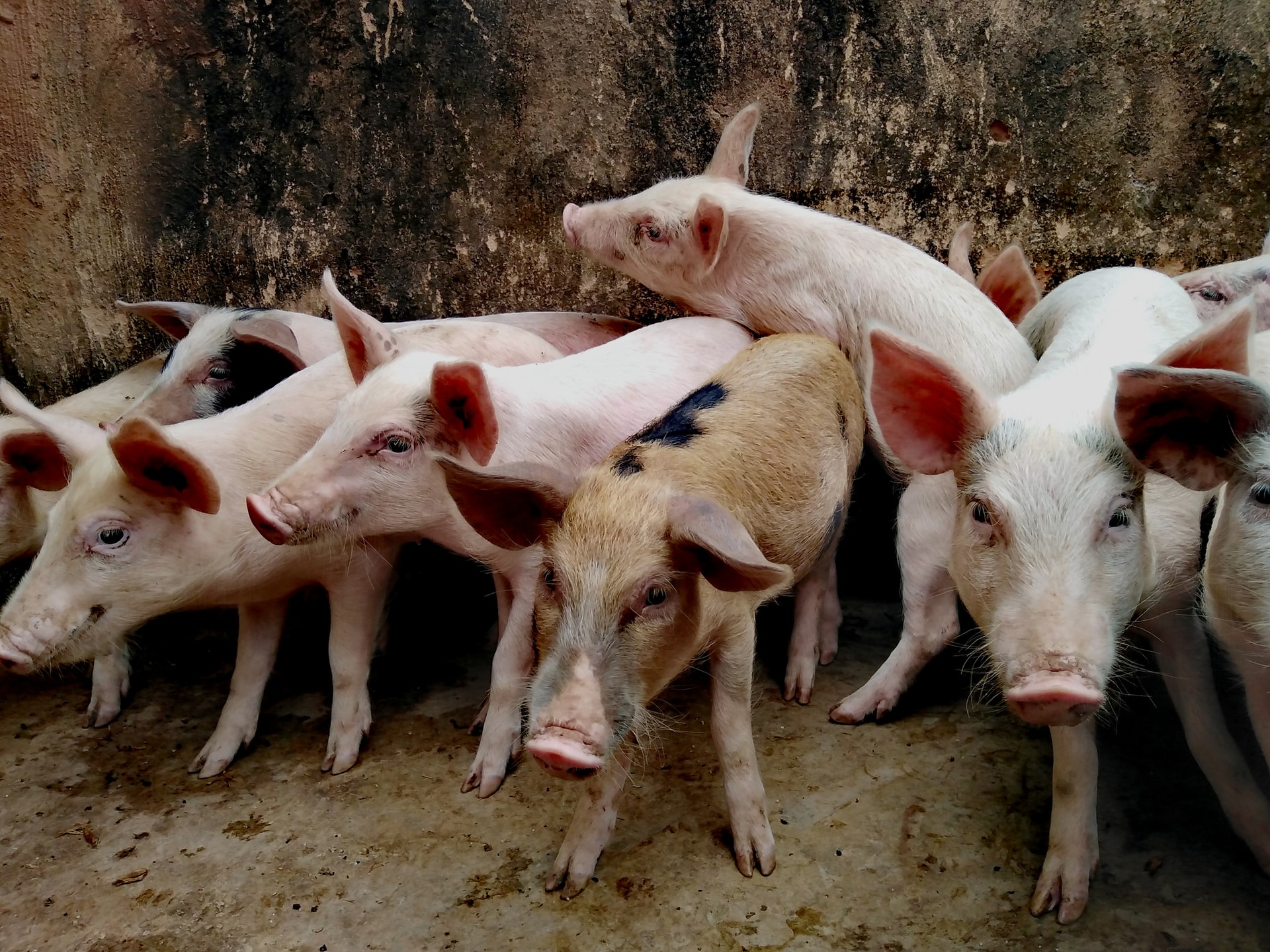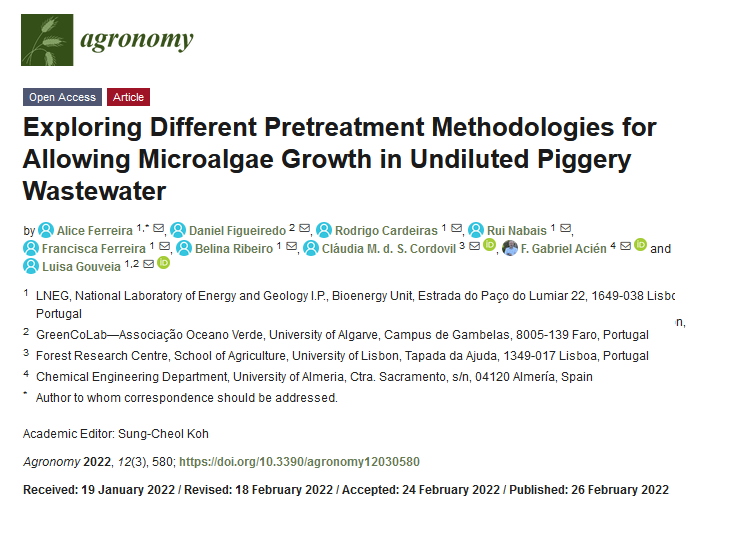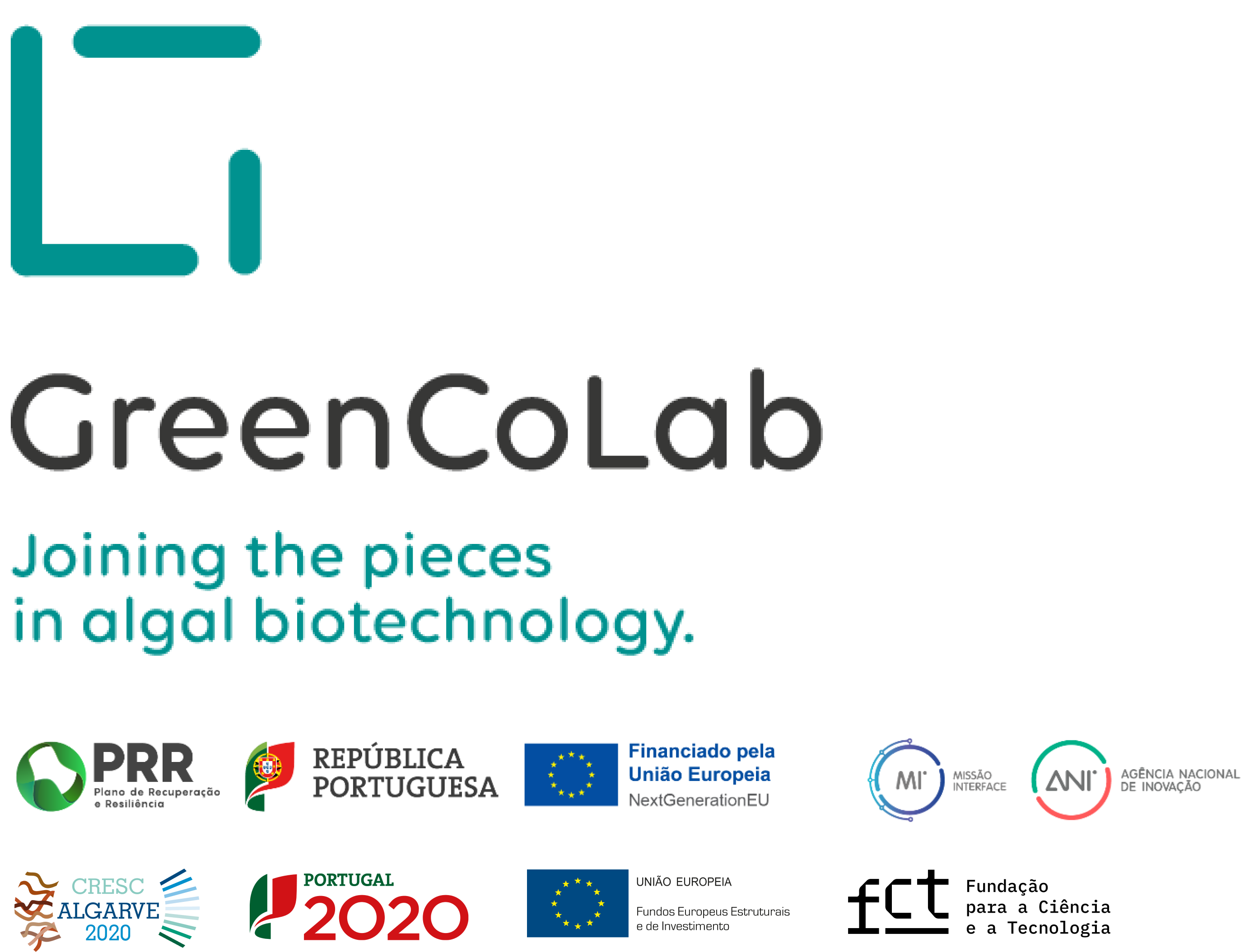

TITLE
Exploring Different Pretreatment Methodologies for Allowing Microalgae Growth in Undiluted Piggery Wastewater
JOURNAL
Agronomy
AUTHORS
Alice Ferreira, Daniel Figueiredo, Rodrigo Cardeiras, Rui Nabais, Francisca Ferreira, Belina Ribeiro, Cláudia M. d. S. Cordovil, F. Gabriel Acién and Luisa Gouveia
ABSTRACT
The overapplication of manure on agricultural soils leads to nitrogen and phosphorus discharge into the aquatic environment, resulting in serious eutrophication problems and decreased water quality. Piggery wastewater (PWW) can be treated by microalgae to recycle nutrients, but the toxic levels of ammonia and organic matter hinder their growth. Fresh water is usually used to dilute PWW, but it is a scarce resource. The implementation of a pretreatment step before microalgae-based treatment could make PWW suitable for microalgae growth. Electrocoagulation, ammonia stripping, photo-Fenton, and constructed wetlands were evaluated as pretreatment methods to reduce ammonia, chemical oxygen demand (COD), color, and total suspended solids. Moreover, the pretreated PWWs were tested to grow the microalga Tetradesmus obliquus. Photo-Fenton showed the best results among the other pretreatments, achieving removal efficiencies above 90%, except for ammonia. This resulted in T. obliquus being capable of growing on undiluted PWW, even at higher ammonia levels, achieving similar biomass productivity to synthetic medium (66.4 ± 17.8 mg·L−1·day−1 and 60.1 ± 10.4 mg·L−1·day−1, respectively) almost doubling with pH control (116.5 mg·L−1·day−1). Thus, this pretreatment seems to be the most promising one to incorporate into microalgae-based treatment systems and must be further explored.



